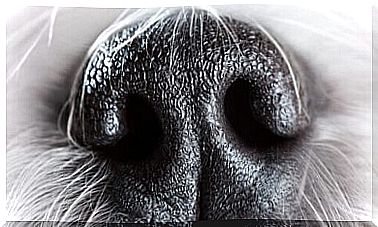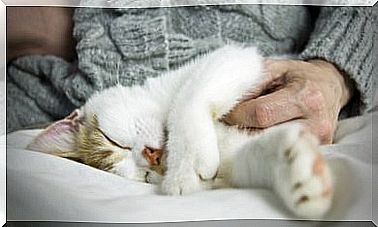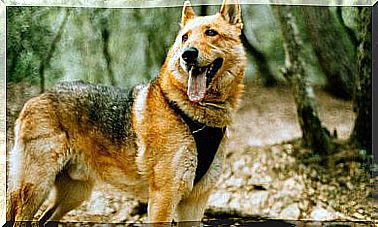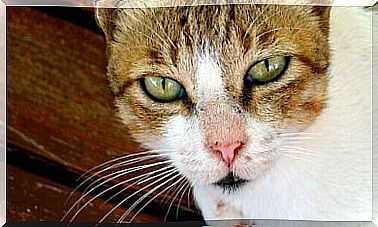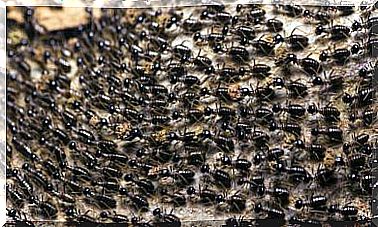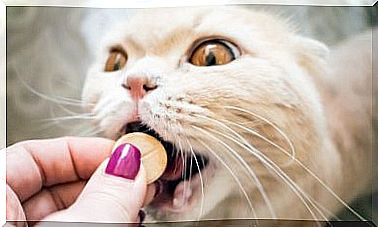Here’s How Cats Conquered The World
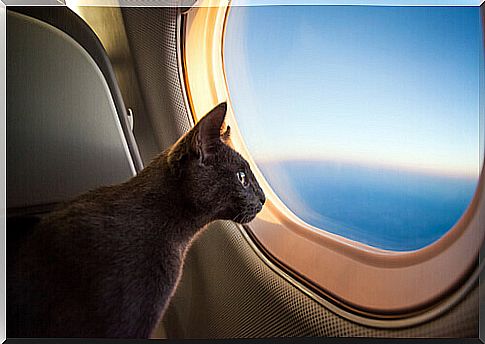
Cats are ferocious hunters and at the same time purring companions, as well as protagonists of ancient paintings and modern caricatures. For centuries, cats have been revered and, on some occasions, even vilified. But how have cats colonized the world, becoming the most popular pets? We talk about it here.
Today, feline experts say their population has surpassed that of dogs. As a result, it is possible that the cat has become the most widespread pet in the world.
But how has their evolution developed, from the days they were wild predators until they became spoiled pets? There are studies, conducted by anthropologists and geneticists, which reconstruct the traces of the curious evolution of the cat.
Domestication of cats
Perhaps, when you observe your pet, you happen to wonder where the cats come from. Scientists assume they come from an animal that was extinct a long time ago. It is the small miacid ( Miacis ), which existed between 40 and 50 million years ago, which was probably the common ancestor of the bear, weasel, fox, coyote, raccoon, dog and cat.
For a long time it was believed that the ancient Egyptians pioneered the domestication of cats, some 4,000 years ago. Consistent with this belief, DNA evidence suggests that today’s domestic cats share their common ancestor with the African wildcat.

However, in 2004, a 9,500-year-old Neolithic tomb was discovered in Cyprus. The tomb revealed the remains of a cat that had been buried in the company of a human, suggesting that humans had established a close relationship with these felines long before the Egyptians.
Other studies suggest that the domestication of cats may have begun about 12,000 years ago, with the spread of agriculture in the Fertile Crescent (a region that encompasses present-day territories of Egypt, Turkey, Iraq and western Iran) of the Middle East.
Cats conquering the Old World
There is a belief that domestic cats were brought to Europe by Greek and Phoenician merchants about 3,000 years ago. The Romans attached great value to cats, thanks to the control they exercised over pests.
Undoubtedly, the legions of the Roman Empire that were advancing as invaders on foreign territory brought cats with them. In this way they favored the spread of felines as they advanced through Gaul (modern-day France) and Great Britain.
1,600 years ago, the Romans fled Britain, leaving many of their cats behind. It is believed that the Vikings, after invading Britain (about 1,000 years ago), then returned to Norway bringing with them the descendants of the domesticated cats.
Victims of superstition and persecution
About 700 years ago, the situation in Great Britain took a decidedly unpleasant turn for cats. During the Middle Ages, after the birth of the courts of the Holy Inquisition, the suspicion arose that cats were involved in witchcraft.
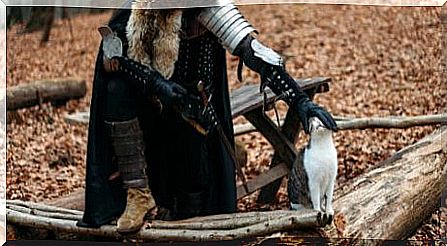
This unfortunate suspicion found fertile ground thanks to several factors, but above all because the luster of the eyes of the felines was considered strange and interesting.
Cats, in fact, have a reflective layer in the eyeball which, in the dark, gives them a dramatic look. Furthermore, their reserved nature and their ability to survive in extraordinary circumstances contributed to the spread of this belief.
As a result of superstition, a massacre of cats took place in Europe, in the course of which hundreds of thousands of felines were exterminated.
Some experts have advanced the hypothesis that this carnage of cats allowed the exponential increase of the rodent population in Europe, one of the causes of the spread of the bubonic plague that occurred from 1346 to 1353.
Cats discover the New World
By the year 1500, cats had regained their popularity and were about to take a big leap. The new traders and explorers of the world left Great Britain and Spain in the period between 1600 and 1700, taking their cats with them. This is how it came about that domestic cats entered the United States.
Although fossils of small cats are present on the American continent, genetic evidence indicates that in America the domestic cat evolved from the Middle Eastern wild cat, probably from the African wild cat ( Felis silvestris lybica ). Consequently, we can say that the cat’s ancestor also reached America aboard a ship.
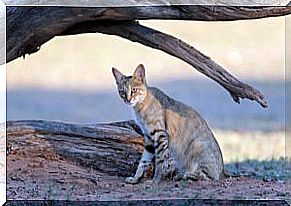
Success story
When humans were primarily hunters, dogs were of great use to them. For this reason, they were domesticated long before cats.
On the other hand, cats proved useful to people when they started setting up settlements. Since agricultural activity began to involve the need to store and preserve wheat and cereals, felines found a place of their own alongside humans.
In this way, the foundations were laid for what scientists call “one of the most successful biological experiments ever made”: the cats greatly appreciated the abundance of prey present in the wheat warehouses.
At the same time, people were very happy with the pest control that the felines exerted. Thus was born the symbiotic relationship that still survives today.

